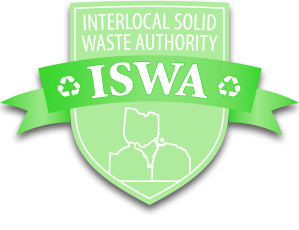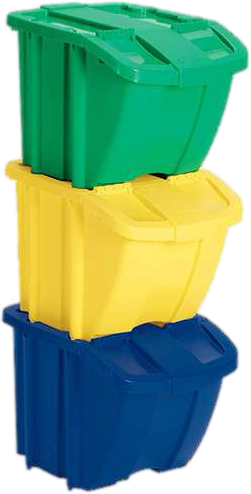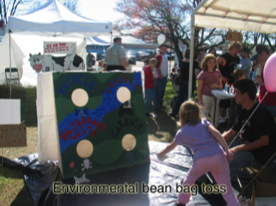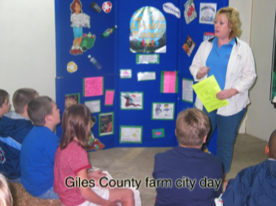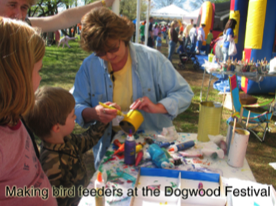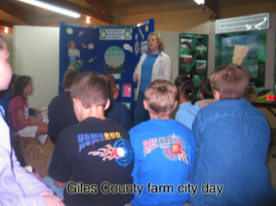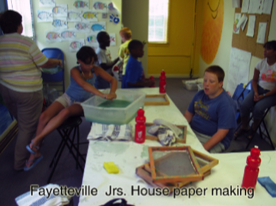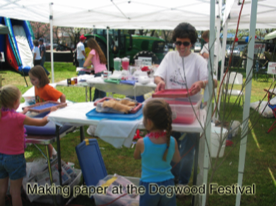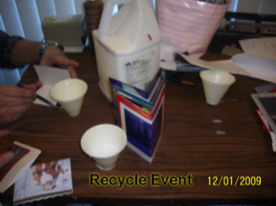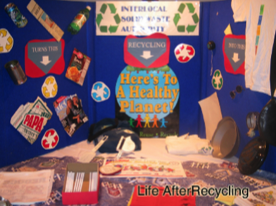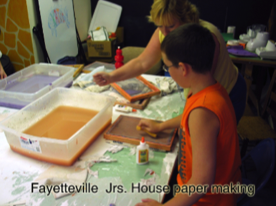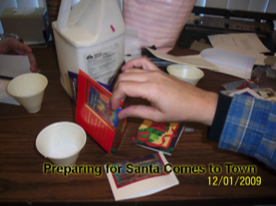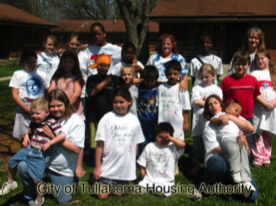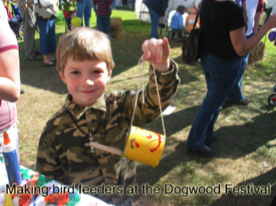Grass clippings and fallen leaves can create extra work for homeowners. They also add to the amount of waste going to the landfill if they are bagged and disposed. According to the California Integrated Waste Management Board, bagging grass clippings from just 1000 square feet of lawn can generate 300 pounds of waste that would be deposited in a landfill.
However there is no need for you to go to all this extra work. By leaving the grass clippings and fallen leaves on your lawn you can improve moisture, add nutrients and assist with flooding during heavy rains.
Grass Cycling is simply leaving the grass clippings on your lawn when you mow. The myth that leaving the grass clippings on your lawn will cause thatch is not true; in fact the act of Grass cycling has definite benefits to your lawn. The layer of clippings will add moisture and after dried will help hold in and absorb moisture from rain and watering. Grass clippings consist of 85% to 90% water and nutrients. When the clippings are left to dry on the yard, they shrink about 90%. Once dry, they will settle into the grass. The clippings contain approximately 4% nitrogen, 5% phosphorus, and 2% potassium. Even though this will not replace the need for a yearly fertilizing of your yard, it does supply a continuous supply of needed nutrients to your yard and saves you time and effort.
Some things you need to know when practicing grass cycling. Your grass should be mowed when it is dry this will keep the clipping from becoming clumped and clogging up your mower blades. The wet grass also takes longer to break down absorb into the soil. You shouldn’t cut more than 1/3 of the grass blades total height at any one time. So, mow when it is needed which on average would be about every 5-6 days during the heavy growing season and about every 10 days otherwise. When you do this you allow the clippings to filter down into the soil as it decomposes thus adding nutrients. Also make sure the blades on your mower are sharp. Otherwise the tips of the grass will be jagged and will not be as visually appealing.
Another waste saving practice that is a beneficial lawn care practice that will save you time and effort is leaf mulching. Much like grass cycling, your leaves are left on the lawn to provide nutrients and act as an absorbent cushion to assist with flooding in your yard.
To participate in leaf mulching you simply go over the leaves in your yard with a lawn mower. It is also helpful but not necessary to have a mulching attachment on your mower. Most all lawn care experts will agree that leaving a layer of leaf mulch on your lawn has its benefits. One such benefit is that it is time saving. It takes less time and is much easier to mow over the leaves in your yard spreading a layer of mulch over your lawn than it is to rake and bag the leaves. It also saves the waste of the leaves being taken to a disposal site. The layer of mulched leaves also conserves moisture and inhibits the growth of weeds. Another benefit is the decomposing leaves produce CO2 which is better for your lawn than Oxygen since it is heavier and stays low to the ground so the grass, plants and other organisms can feed on it. Lastly, the layer of leaves covering your yard acts as a sponge during heavy rain activity which will help with flooding if you are in a flood plain or low lying area.
All in all by practicing grass cycling and leaf mulching you can reduce your waste, save time, more easily add a continuous supply of nutrients to your soil and grass and even help guard against flooding. So why not make it easier on yourself and stop the bagging and start cycling. Your lawn will be happy that you did.
